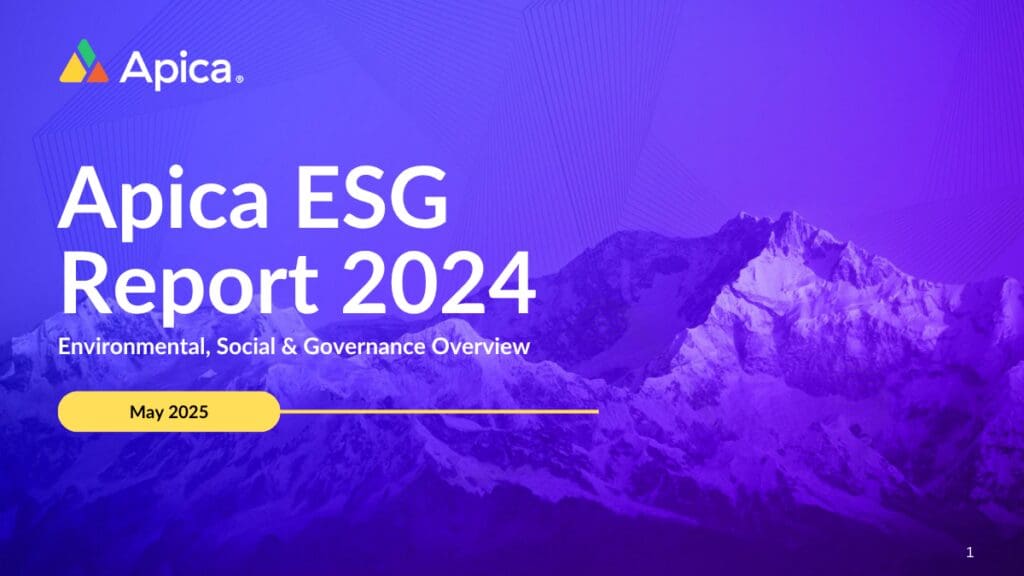and application monitoring provide immensely helpful information for improving your online platform’s performance-based customer experience. However, that information is only as useful as what your team does with it. According to a survey by Big Panda, IT professionals claimed “improving their organization’s overall monitoring strategy” is the biggest monitoring challenge in 2017. This article outlines tips for creating and implementing a monitoring strategy that works for your business.
Developing Your Monitoring Strategy
Your organization’s monitoring strategy is a long-term plan for addressing platform performance over time, and it’s essential for getting the most benefit out of your monitoring data. Businesses that implement strong monitoring practices find it easier to resolve service disruptions.
Considerations when designing a monitoring strategy
- Identify and include all major stakeholders in the monitoring strategy development process. This includes developers, quality assurance, IT, management, owners, and marketing.
- Establish everything that needs to be monitored within the website and mobile application, which includes things like viewing content, making a transaction, and performing a search. Determine what the most common tasks are and monitor those.
- Discuss upcoming changes with the platforms across different teams, and devise a plan to monitor how those changes impact performance.
- Set performance benchmark goals. These are also helpful in determining alert criteria.
- Develop a location-based monitoring strategy to keep an eye on performance for your audiences in all important regions.
- Establish whose job it is to handle each part of the monitoring and evaluation process.
- Set the evaluation frequency and adjust that frequency as needed.
- Continue to meet with stakeholders to review the strategy every month or two.
Agile Development = Agile Monitoring
Unfortunately, developing a monitoring strategy is unlikely to get easier: IT teams are managing more moving parts than ever, and that means there’s more to monitor. According to the survey, 54 percent of respondents consider their organization “agile.” The survey also found that code updates and infrastructure changes are becoming more frequent, shifting towards multiple updates each month instead of semi-annual patches. Development teams, then, have to keep a watchful eye on performance to keep up with updates.
Effectively Manage Alerts
A successful alert management strategy gives your organization a competitive advantage. Instead of waiting for a report, your staff is immediately notified when a problem situation or potential issue with the platform’s performance arises. According to the Big Panda survey, 78 percent of respondents said reducing alert noise, or too many unnecessary alerts, is a challenge. Alert overload makes it difficult for teams to focus on what actually matters. Only 26 percent of organizations receiving 100 or more alerts a day say they can resolve three-quarters or more of them within 24 hours.
Successful alert strategies should consider the following:
- Clearly define and adjust alert thresholds for optimal use. Too few alerts, and you’ll miss your early-intervention opportunity. Too many, and everything gets lost in the clutter.
- Establish criteria for alerts that actually matter, and follow typical use cases. Don’t waste time with performance test problems from obscure, outlandish usage.
Assign different types of alerts to different teams based on who can best address the issues. For example, app issues could go to the app team and work their way down to the IT team, instead of starting everything with IT and trying to assign it from there. Spend less time deliberating who should address problems. If your business is looking for the tools and talent to drive successful monitoring, contact the experts at Apica today.
FB Photo Credit: http://blog.ciat.cgiar.org











